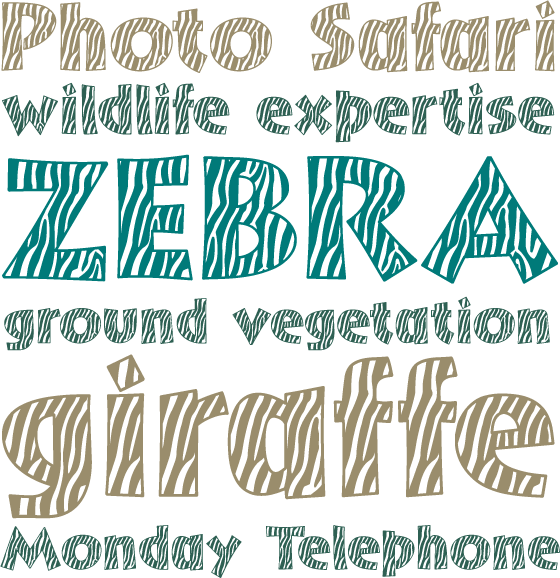Scholtz Fonts
The origins of Scholz Fonts lie in “African-flavour” design. Anton Scholz, who worked as a graphic designer in this area, wanted to make up for a lack of suitable scripts and in 1997 founded Scholtz Fonts in Durban, South Africa. The stock of fonts is growing rapidly and new styles are being developed. The range has now grown to 100 fonts, including not only an astonishing variety of African-inspired fonts, but also numerous handwritten fonts and calligraphic typefaces.
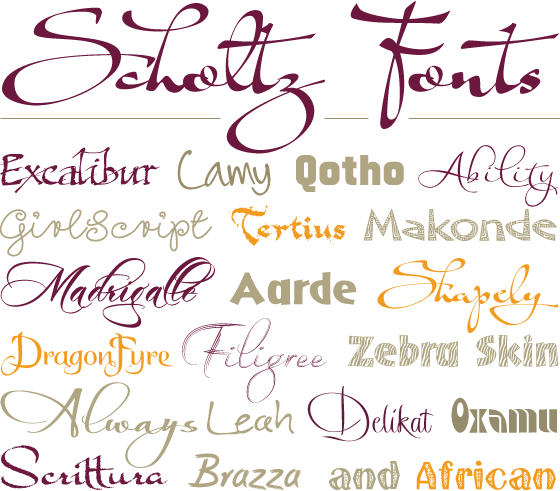 20 selected fonts are presented in rather more detail below.
Aarde
20 selected fonts are presented in rather more detail below.
AardeFor Scholz, the definitive African font. Its name, Aarde, means earth and refers to the gutsy, earthy letterforms.
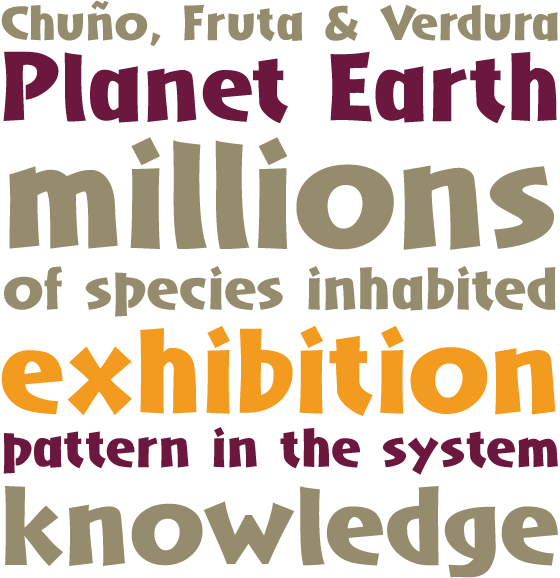
Ability
A lively handwriting font in which the letters are joined together in an unusual way.
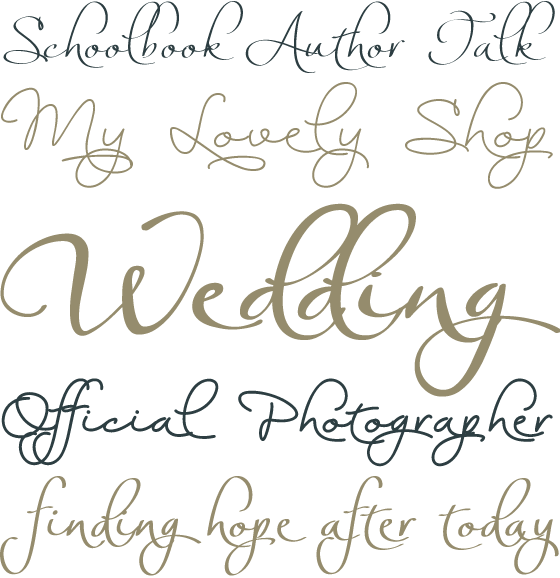
African
The African font family includes not only pictogram fonts with typically African patterns, but also fonts, whose fat-bellied letters are filled with these structures.
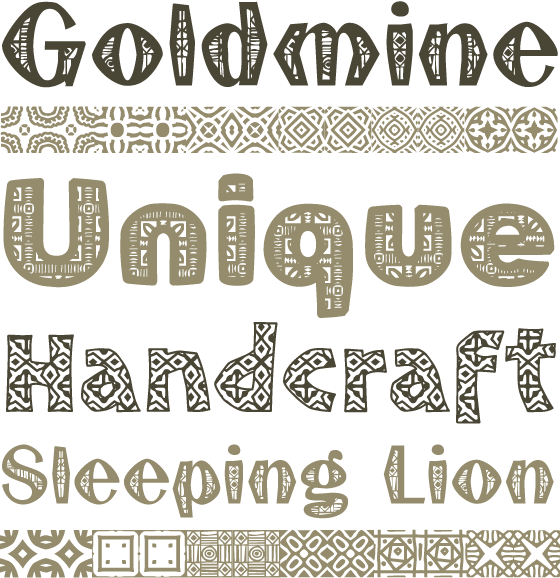
Always
This font is characterised by extravagant ascenders and descenders. Always comes in six styles with different weights and spacings.
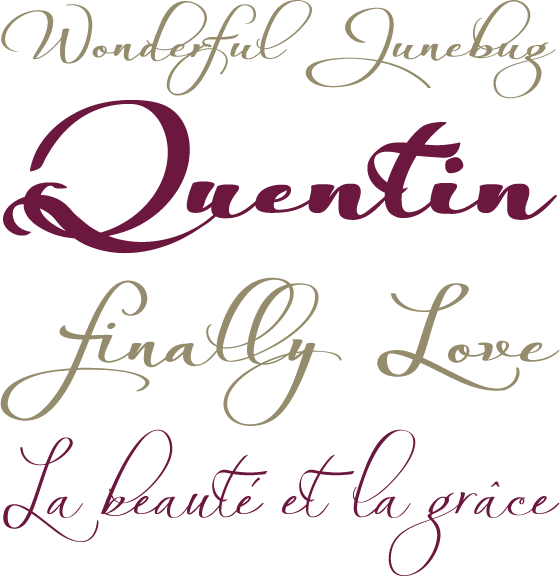
Brazza
Brazza is a lively brush-drawn font, which can be used not only for greetings cards and comic books, but also in the world of music.
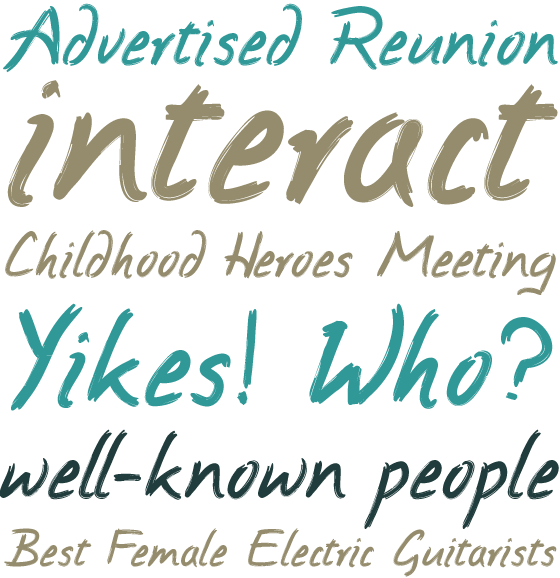
Camy
Four weights, each with different spacing, lend the strong handwritten font Camy the flexibility needed for professional display work.
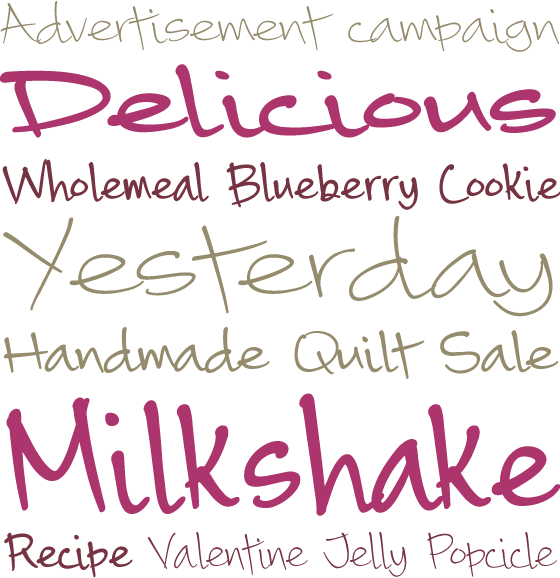
Delikat
The fine and elegant structures of Delikat have something of a retro feel to them. OpenType functions help with character selection.
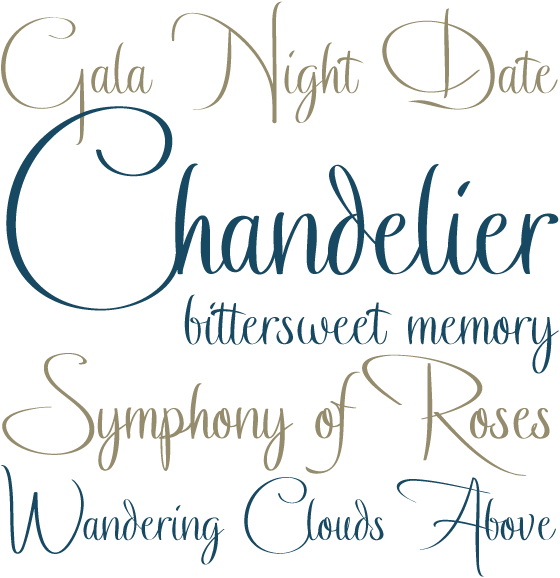
DragonFyre
This brush-drawn font tells of adventures in faraway magical lands.
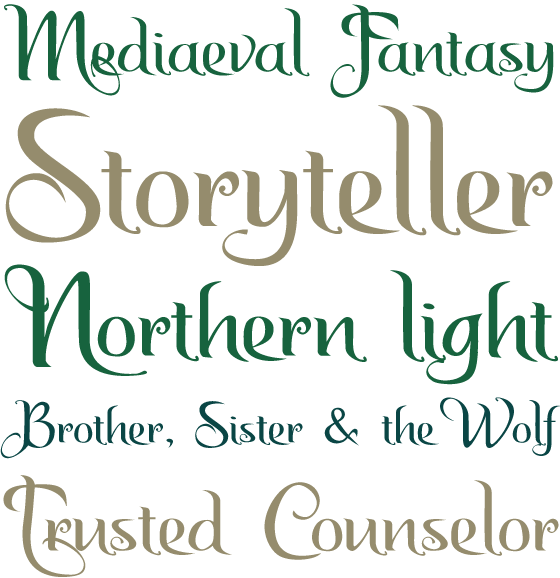
Excalibur
Scholz says the origin is this font is a note hastily penned by King Arthur on the fringes of a battlefield.
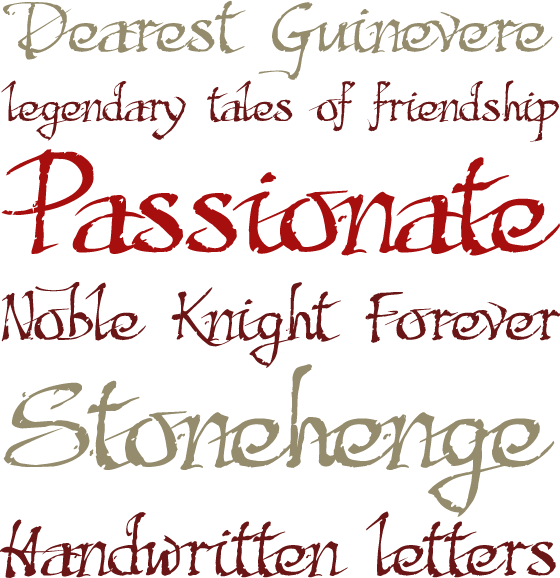
Filigree
The character of this delicate script font is reminiscent of lace and jewellery design in Europe in the 16th to 18th centuries. Filigree works best above all with large sizes.
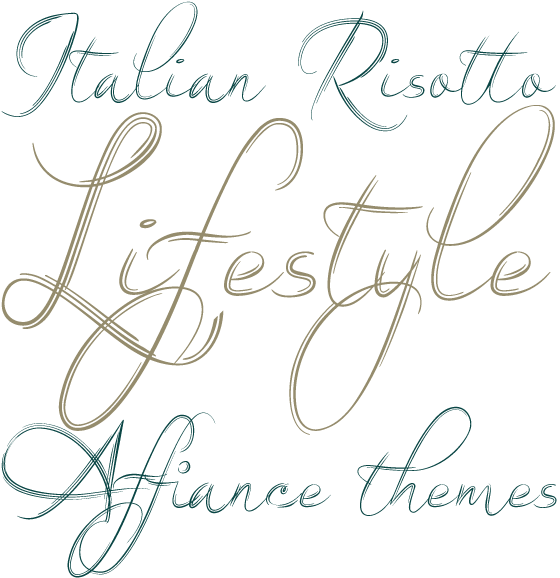
GirlScript
Girltalk’s big sister, this cheeky handwritten font is designed for the young-teen market.
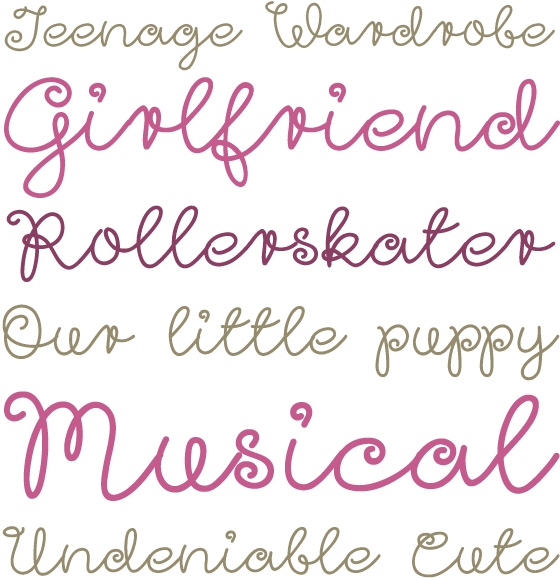
Leah
For Leah, Scholtz digitalised the easy-going handwriting of a friend.
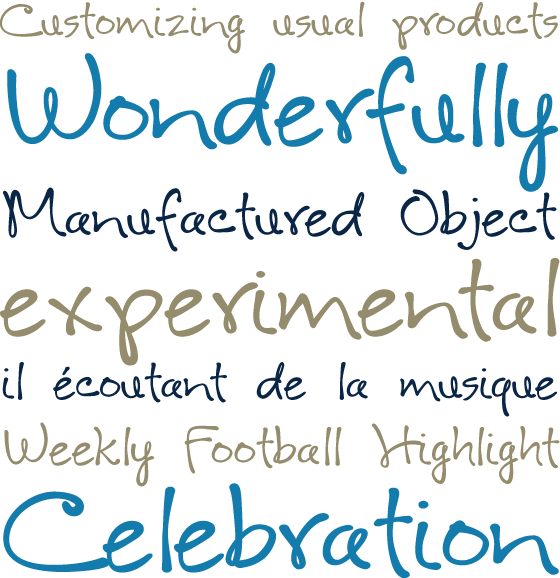
Madrigalle
This elegant calligraphic typeface recalls the engraved fonts we call copperplate. Madrigalle offers numerous character alternatives and two weights.
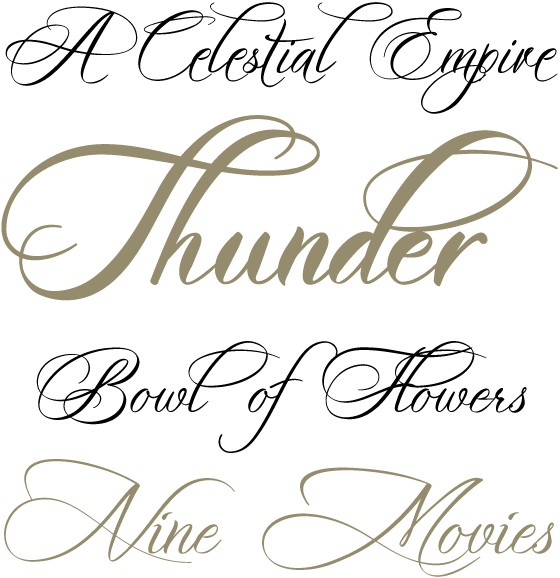
Makonde
The forms of Makonde to be carved from wood. The patterns on the letters are also derived from African wood carvings.
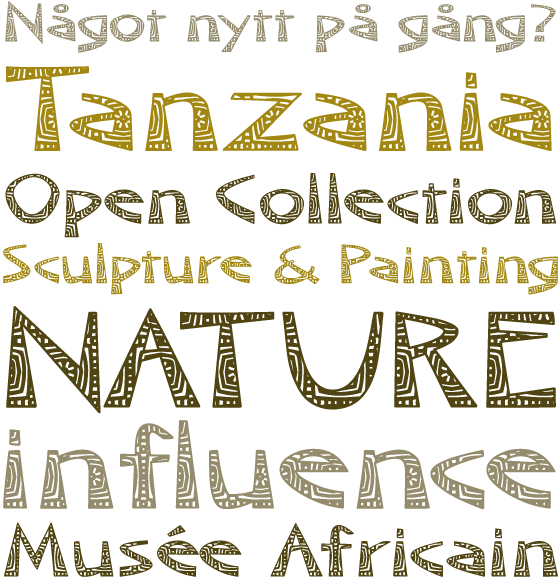
Oxamu
Oxamu is perhaps not particularly readable, but the geometric forms of the font will inspire you to create experimental headings.
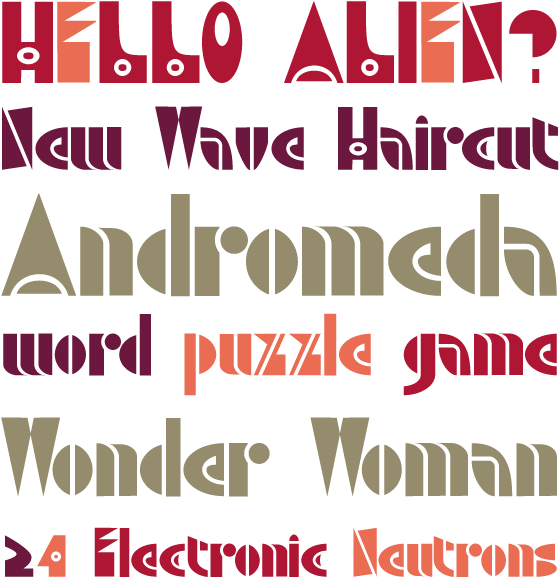
Qotho
The geometric forms of Qotho lend the font a cool, technical ambience. Qotho is available in five weights from Thin to Dark.
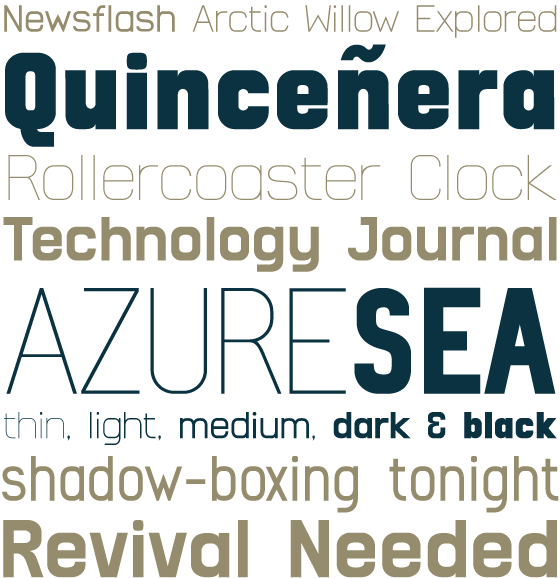
Scrittura
Scrittura is a calligraphic brush-drawn font in three very different styles. Scrittura Antiqua is the classic form, while the characters of Scrittura Fantasia are distorted. Finally, Scrittura Moderna looks as if it has been written on a rough surface.
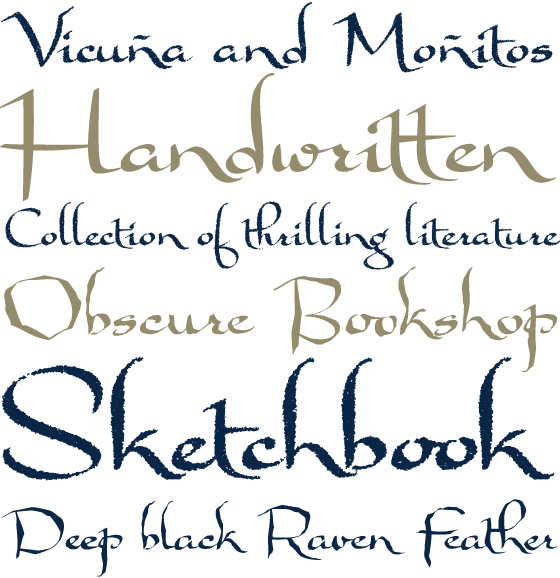
Shapely
Shapely is derived from an elegant brush-drawn font. Numerous ligatures enable you to create a variety of styles.
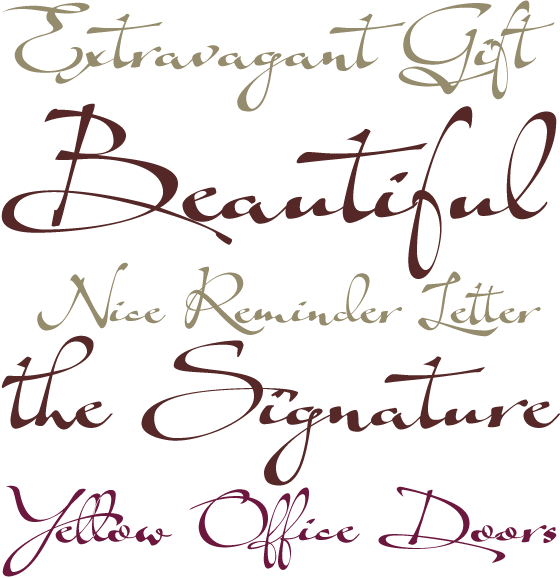
Tertius
The model for Tertius are Carolingian manuscripts from the 7th to 9th centuries a.D. Scholtz has added the capitals and created more weights in which the letters are developed, for example, as initials or incorporate inkblots.
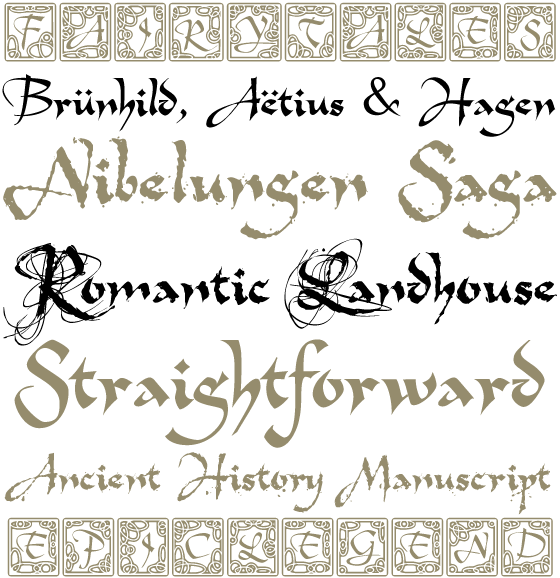
Zebra Skin
The name of this font says it all. The striking characters of Zebra Skin incorporate the markings of Africa’s best-known animal.
